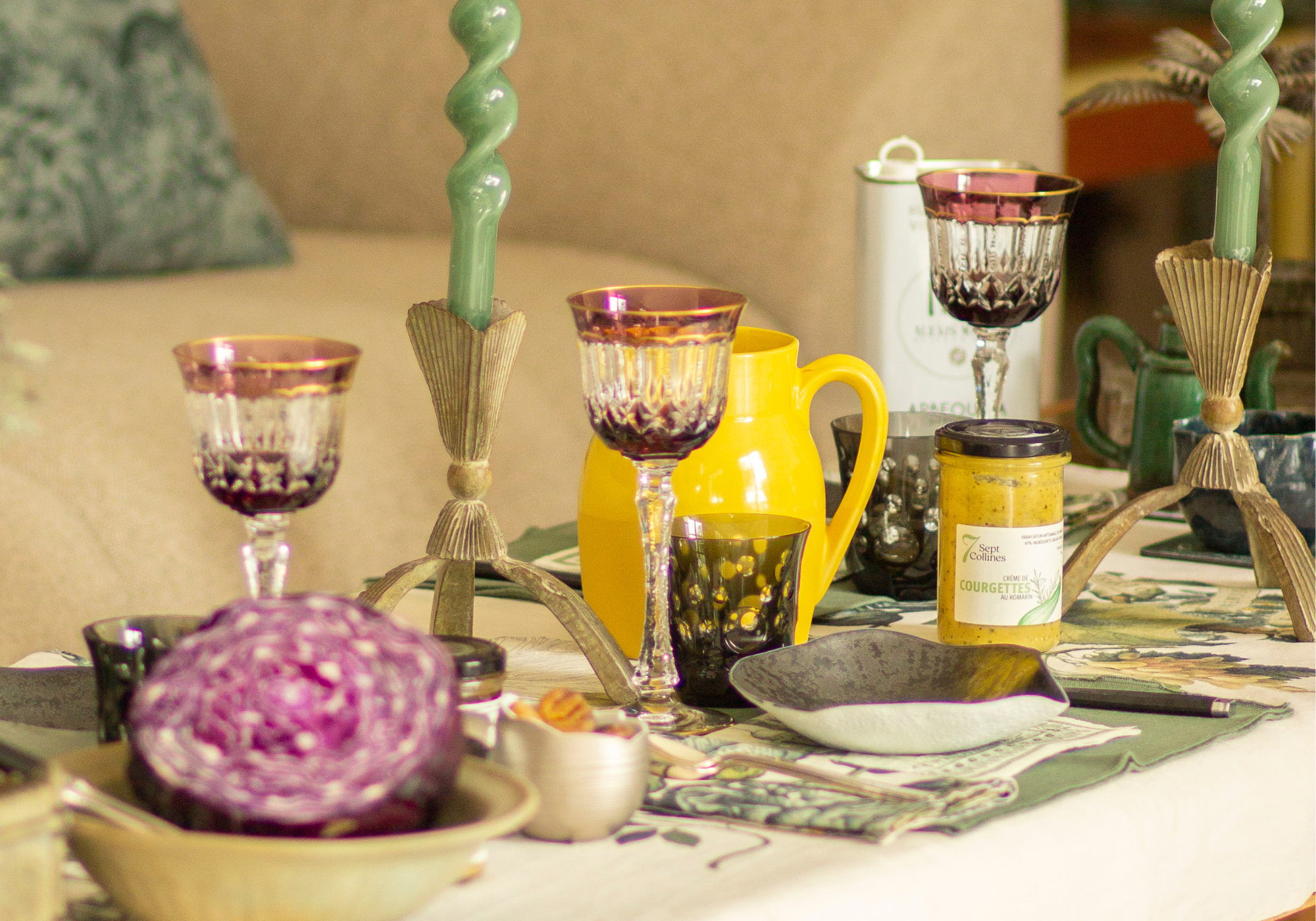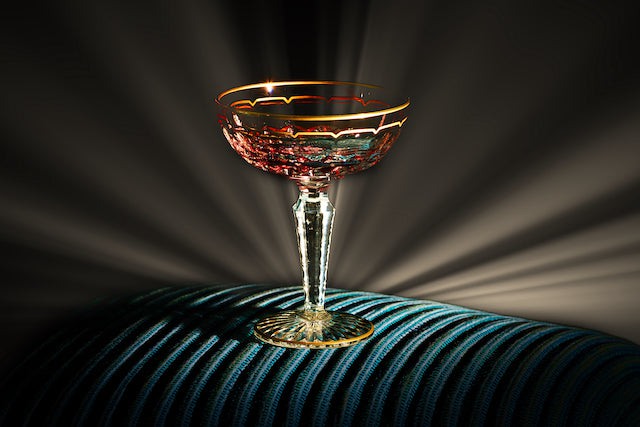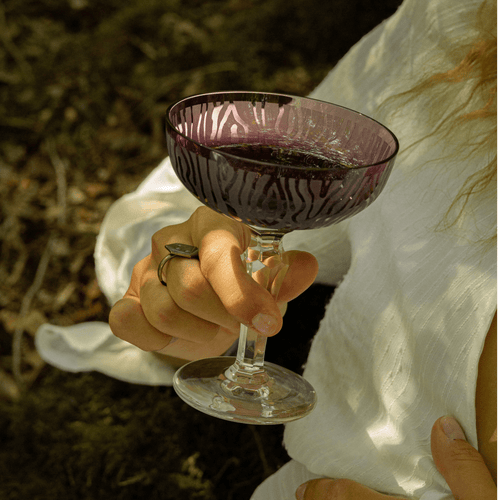

Faites de votre espace un réel recueil d’art avec la collection Opéra.
Opéra
Illustre de notre Maison, le verre Opéra, orné d’une somptueuse incrustation or faite main, incarne la grandeur et la majesté des plus grandes scènes lyriques. Chaque pièce de la collection est une réelle œuvre d'art, capturant l'essence dramatique et la splendeur des opéras classiques. Sa brillance ainsi que sa prestance vous rappellera également les lustres scintillants des salles de concert, reflétant la lumière dans une danse harmonieuse.
Que ce soit pour un dîner somptueux ou une soirée entre amis, les pièces de la collection Opéra ajoutent une touche d'élégance et de sophistication, transformant chaque moment en une performance inoubliable.

Le luxe dans son entité
Cygnes
Inspirée par l’iconique et élégant ballet en quatre actes de Tchaïkovski, la cave à champagne Cygnes évoque la grâce et la pureté des cygnes en mouvement. Les lignes fluides et les courbes gracieuses des pièces rappellent les arabesques et les entrechats des danseurs, capturant la beauté éphémère du ballet.
Tout comme le ballet qui naît de la fusion entre danses de société et danses folkloriques, nos pièces d’exception naissent du mélange entre cristal et bronze d’exception. Chaque pièce est une authentique invitation à la rêverie, un hommage à la délicatesse et à l'art de vivre.

Une scintillante mélodie
TRAVIATA
Inspirée de l’opéra en trois actes de Giuseppe Verdi « La traviata » de 1853, cette collection est l’une des plus anciennes chez la Cristallerie de Montbronn.
Traviata est une réelle célébration de l'émotion et de la passion. Les pièces de cette collection se distinguent par leurs côtes plates vibrantes et leurs filets or intenses, reflétant la richesse et la profondeur des sentiments exprimés dans les opéras romantiques. Evoquant la puissance et l'intensité des arias les plus célèbres, Traviata est une collection pour ceux qui osent exprimer leur amour de la beauté et de l'art à travers des objets d'exception. Idéale pour les amateurs d’art.
Chez Cristallerie de Montbronn, chaque collection est conçue avec une attention minutieuse aux détails et une passion pour l'artisanat. Nos artisans mettent tout leur savoir-faire et leur créativité pour créer des pièces uniques qui embellissent votre quotidien et subliment vos moments de partage.
En ce mois de la Fête de la Musique, laissez-vous séduire par l'harmonie et la beauté de nos collections Opéra, Cygnes et Traviata. Pour un cadeau d’exception, ou pour enrichir votre propre intérieur, nos créations en cristal sont le reflet d'un art de vivre raffiné et intemporel.
Toute l’équipe Cristallerie de Montbronn vous souhaite un agréable début d’été mélodieux !




